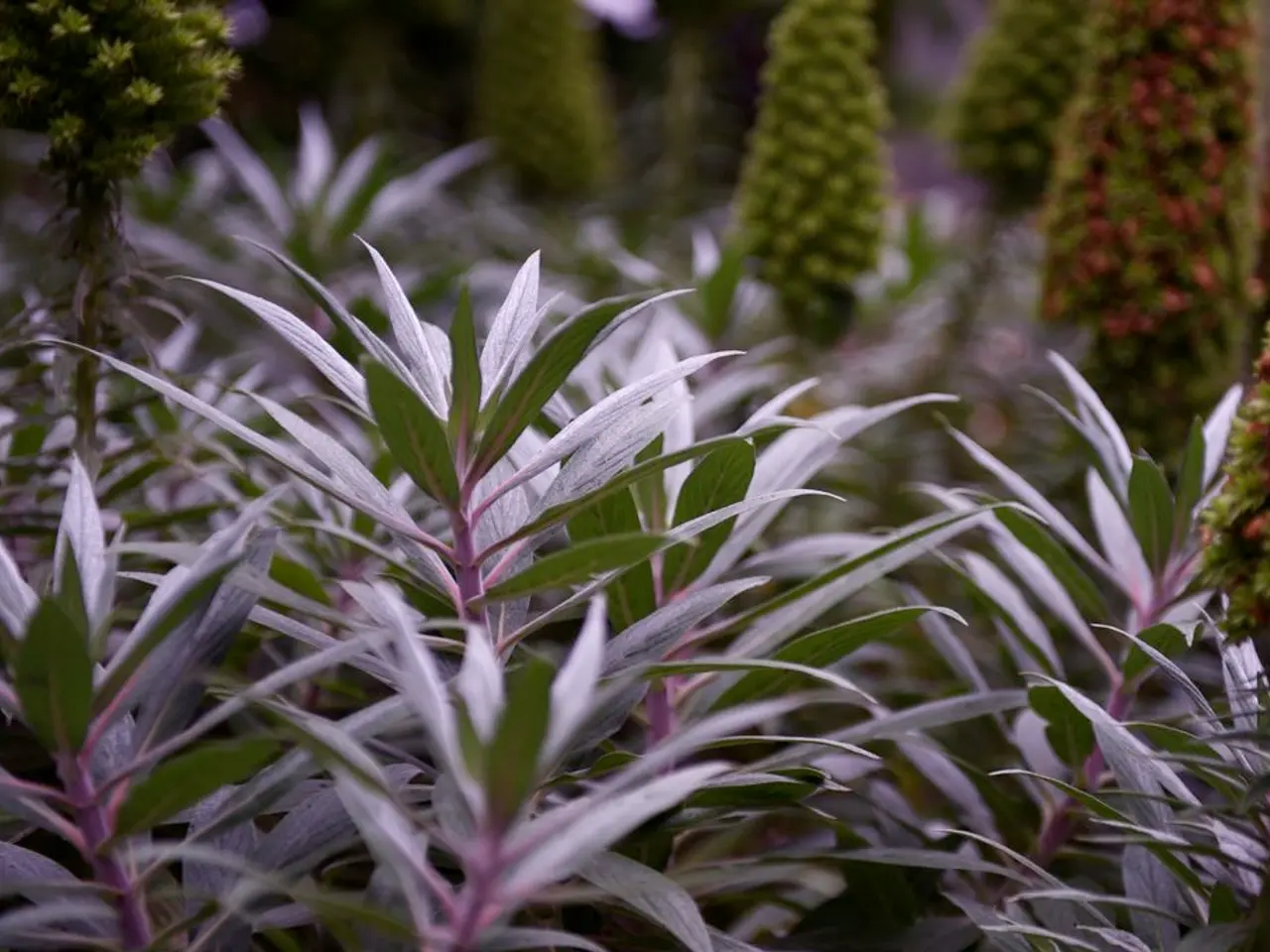Instructions for Separating Perennial Plants That Form Clumps
Dividing Perennials and Bulbs: A Guide for Healthier Growth
Dividing overcrowded perennials and bulbs is a simple yet effective way to encourage healthier growth, prevent decline, and multiply your plants. Here's a step-by-step guide on how to do it.
1. Timing
The best time to divide perennials is early spring or fall, with spring preferred in regions with short autumns. For bulbs, the ideal time is after flowering when foliage dies back, although this can vary depending on the plant species.
2. Preparation
Water the plant a day or two before dividing to hydrate and reduce stress.
3. Lifting the Plant
Use a shovel or garden fork to gently lift the entire clump from the ground, digging a few inches away from the crown to avoid root damage.
4. Dividing
Separate the clump into smaller sections by hand, with a sharp knife, or using two forks pressed back-to-back. Each section should have healthy roots and shoots. For bulbs, bulbs and roots can be gently pulled apart or separated.
5. Trimming
Remove excess foliage and any dead or damaged material to reduce transplant shock.
6. Replanting
Replant divisions immediately, placing the crown at or slightly above soil level. Water well to help the divisions establish.
7. Aftercare
Mulch and monitor moisture, keeping soil damp until new growth is established.
For perennials like many garden plants that can become crowded and die out in the center, dividing reinvigorates the clump and produces new plants. Bulbs such as Ledebouria socialis can be divided by pulling bulbs and roots apart and repotting in larger pots with well-draining soil mixtures.
Cutting back dead stems before dividing helps reduce stress and gives clearer access to dividing sections. Other plants to divide in spring include asters, astilbe, astrantias, Geranium himalayense, and Sanguisorba menziesii.
You will need a garden fork, trug or bucket, and congested perennial plants for dividing. After digging up the clump, shake off any surplus soil. Perennial plants should be divided when they are dormant.
Examples of plants that are easy to divide include heleniums and Ranunculus aconitifolius. The process of dividing perennial plants begins by digging up the whole clump using a garden fork. Spring bulbs can be lifted and prised apart as the foliage dies down. Pot the chunks individually or plant them out in rows on spare ground.
Carol Klein demonstrates how to divide a hardy geranium. By regularly dividing overcrowded perennials and bulbs following these steps, you can effectively multiply your plants and ensure healthier growth.
Gardening and maintaining a home-and-garden lifestyle can involve dividing overcrowded perennials and bulbs to encourage healthier growth, prevent decline, and multiply your plants. For instance, perennials like asters and Sanguisorba menziesii can be divided in spring, while bulbs such as Ledebouria socialis can be divided by pulling bulbs and roots apart and repotting in larger pots.




